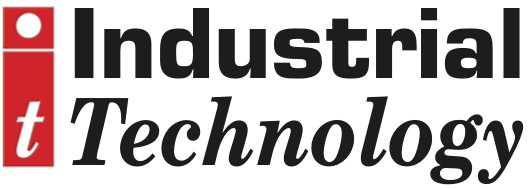Page Not Found
It looks like the news story you're looking for is no longer available. This could be due to a number of reasons, such as the story being archived or removed, or a typo in the URL.
Here are some things you can try:
- Check the URL for any typos and try again.
- Browse our other news stories to see if you can find something similar.
We apologise for any inconvenience this may cause.
